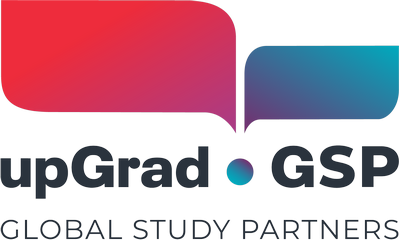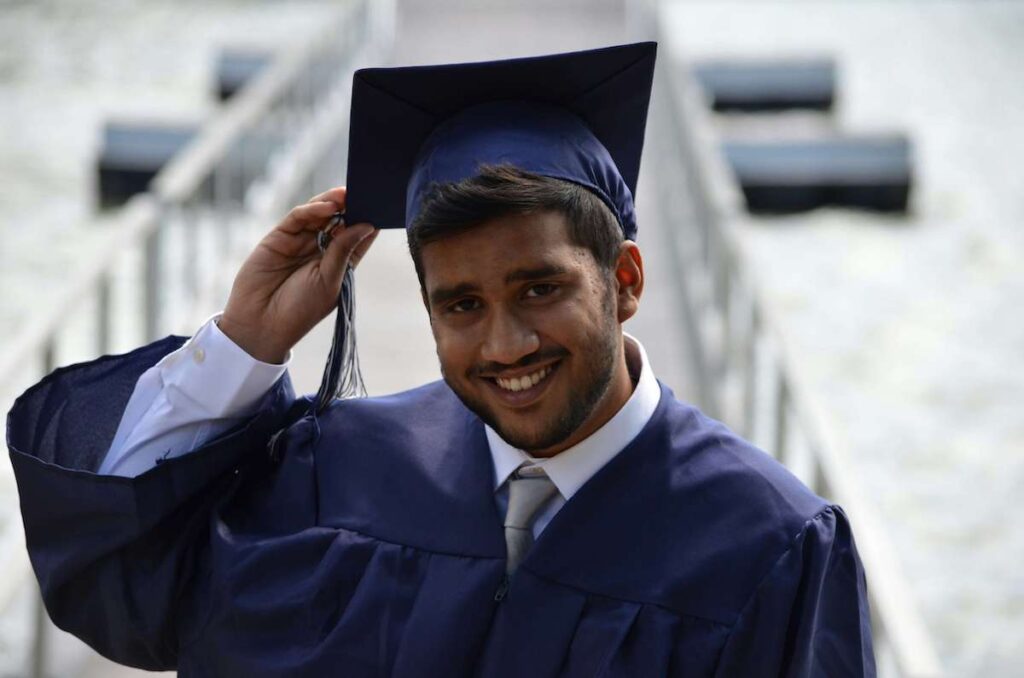Most students aspiring to study abroad must acquire a student visa. This visa is a document that allows a person to stay in another country for a specified amount of time to complete their education. Some student visas also grant the holder the option to extend their stay for a few more months or years after obtaining their certificate or degree, primarily for work purposes. In this guide, we’ll tell you everything you need to know about student visas around the world.
Visas to key study abroad destinations
The types, requirements and process of getting a student visa vary per country. Thus, it’s best to check with your desired region’s immigration resources for specific details. That said, here’s a quick rundown of student visas in popular study-abroad destinations:
United States
Students can apply for four types of visas to study in the US: the F1 visa, the M1 visa, the J1 visa and the Q1 visa.
The F1 visa is the most common option. It’s granted to students enrolled in an approved school in the country’s Student Exchange Visitor Program (SEVP). It’s only valid for one year, so if a student’s program lasts longer than that, they will have to renew the visa for the next cycle.
The M1 visa is for students interested in vocational studies, including cooking, cosmetology, flight training, etc.—still at an eligible SEVP institution. Both the F1 and M1 visas require an I-20 form given by an educational institution before a student can apply for them.
The J1 visa is a two-year exchange visa that is available to those who’ve applied to a J1 program. It’s ideal for those who are hoping to do short-term work.
The Q1 visa is a cultural exchange visa for students who will work in the US to share their culture and traditions. This is only applicable to those who apply for a program managed by the US Citizenship and Immigration Services (USCIS).
Canada
A Canadian student visa is a combination of a Canada visitor visa or an electronic travel authorization (eTA) along with a study permit (i.e. a student will need both to pursue education in the country). One is eligible to get a visa and a study permit if they are enrolled in one of Canada’s Designated Learning Institutions (DLIs) and meets the financial requirements of studying in the country. In some cases, students with a Canadian student visa are allowed to stay and work in the country after graduation. This can be a viable pathway for citizenship in the country in the future. Otherwise, the visa is valid for the duration of the student’s program plus 90 days after.
Australia
Australia offers the Subclass 500 visa for students who are enrolled in a course of study in Australia and have provided the required language certificate. Aside from participating in an eligible education program, this visa also allows the applicant to travel in and out of Australia and work up to 48 hours a fortnight while school or training is in session. The visa is valid for up to five years and is in line with the student’s enrolment.
United Kingdom
The UK student visa, known as the Student Route, is available to students who have
- been accepted into an approved institution
- met the set course requirements (based on whether they are full-time or part-time students)
- proven their financial capability and passed a designated English proficiency test.
The validity of the student visa shall correspond to the student’s course. This could be up to five years for a degree-level program or two years for a below-degree-level course.
After a student finishes an undergraduate degree, they can apply to stay in the UK to work or look for work for up to two years (or up to three years for Doctoral qualifications). This post-study work option is applicable to students who are in the country and currently hold a Student visa or Tier 4 (General) student visa. Their college or university must also have informed the Home Office that the applicant has completed their course.
What do I need to prepare for a student visa?
As mentioned, the requirements for a student visa will depend on the country one is applying to. But to give you an idea, here’s a list of general requirements that an applicant will likely need:
Passport
An applicant must have a valid passport to apply for a student visa. For some applications, the validity of the passport must last until the end of the course. Some countries also sometimes require passports to have at least two blank pages left to accommodate the visa.
Admission letter
A student must prove that they have been admitted to an eligible university by providing an admission letter that explicitly confirms their acceptance into their chosen course.
Language proficiency test
If a student is hoping to study at a university where the primary language differs from their home country’s, they must prove their proficiency in that language. For English-speaking countries, the most commonly accepted language proficiency tests include the TOEFL, IELTS or PTE. If a student’s course is being taught in another language (for instance, Spanish), they must also comply with certification requirements for that language.
Proof of financial ability
Students typically need to prove their financial capability to study and live in the country where they’re applying for a student visa. In some cases, there’s a specific number for the living expenses, but other countries may provide vague guidelines. Students on scholarships need to include details of their financial support here as well.
Civil documents
Some student visa applications require applicants to submit certain civil documents. These could include a birth certificate, a notice of clean criminal record, a resume, etc.
Health insurance
Applicants are usually required to purchase a health insurance plan that covers the entire period of their studies in case of emergency medical situations. Every institution employs its own standard for this. Some mandate students to avail themselves of a policy from the school itself and others requiring health insurance to be taken out from an accredited third-party agency.
How to apply for a student visa
Applying for a student visa is a straightforward process. Here’s a step-by-step guide on how to do it:
Apply for a study program
To be eligible for a student visa, an applicant must have been accepted into a valid study program in a foreign country. They must apply for a course and enrol in it as some immigration offices ask for confirmation of enrolment (COE) during the visa interview.
Make an appointment with the Embassy or Consulate
Once a student has been accepted to a university, they must make an appointment with the embassy or consulate of their study destination.
Gather the requirements
As part of securing an appointment, a student must submit the visa requirements. If necessary, they may have to prepare photocopies and have original documents certified. Some countries also need certain requirements to be translated into the country’s official language.
Pay for the student visa fee
Student visas are not free. Applicants must pay the fee, either before or during their appointment.
Attend the student visa interview
Most student visas require applicants to attend an interview with an immigration officer. These meetings often involve verifying information on one’s documents and ensuring that the student is applying for a visa to pursue education.
Wait for the results
After the interview, an applicant may be informed of their visa status immediately, so they just have to wait for the return of their passport with the approved permit. Otherwise, they may have to wait a certain period before they know their results.
What happens if a student visa is rejected?
Just because a student is accepted into a foreign university doesn’t mean that they will automatically be granted a student visa. One may be denied for the following reasons:
- an incomplete visa application
- missing proof of financial ability
- existence of a criminal record, or
- an invalid passport.
If an applicant’s student visa is rejected, they may re-apply. However, some countries require a minimum period after rejection before they can submit another set of requirements. In this case, the student may have to forfeit or defer their spot in a program until they get their visa settled.
If re-applying for a student visa, one should identify the reasons for the initial denial and address them on the next try.
Support student’s study abroad dreams with Global Study Partners
Global Study Partners and its recruitment partners are dedicated to helping students on the right path toward their study abroad dreams. Take advantage of our platform to support young learners, from applying to their dream courses to obtaining their student visas to getting that university degree!




